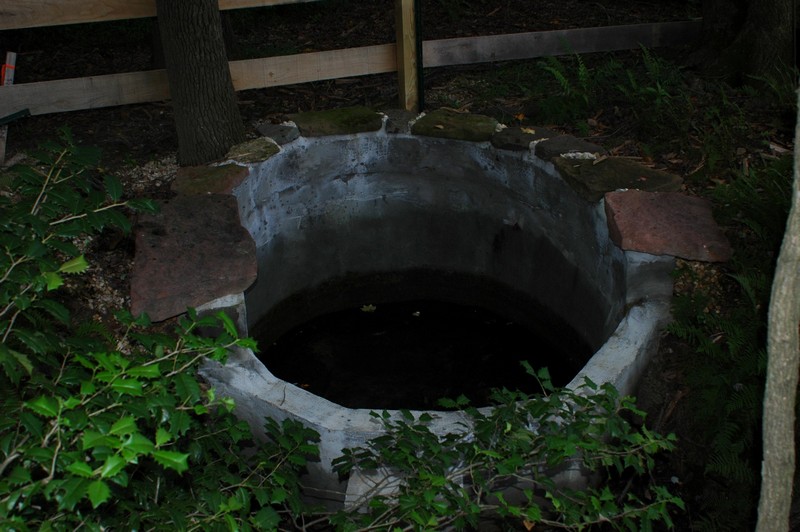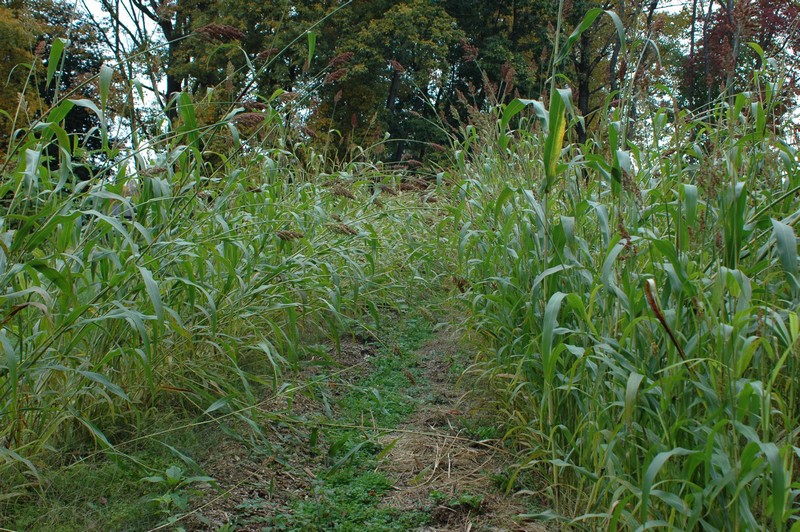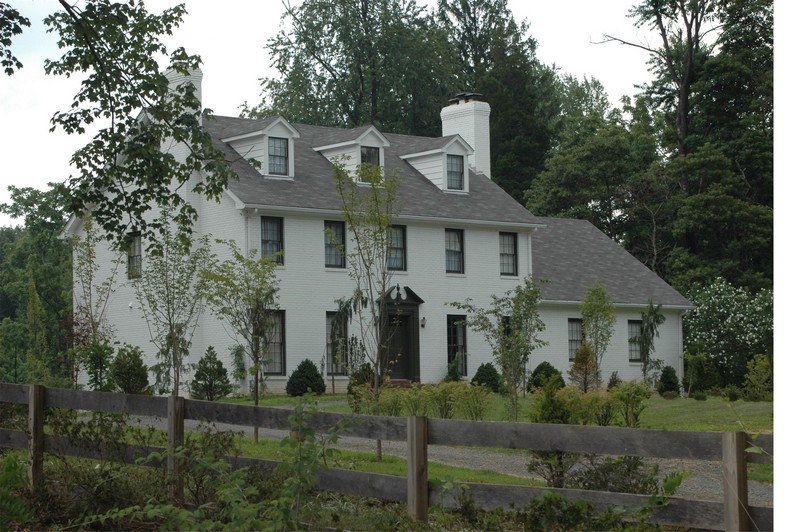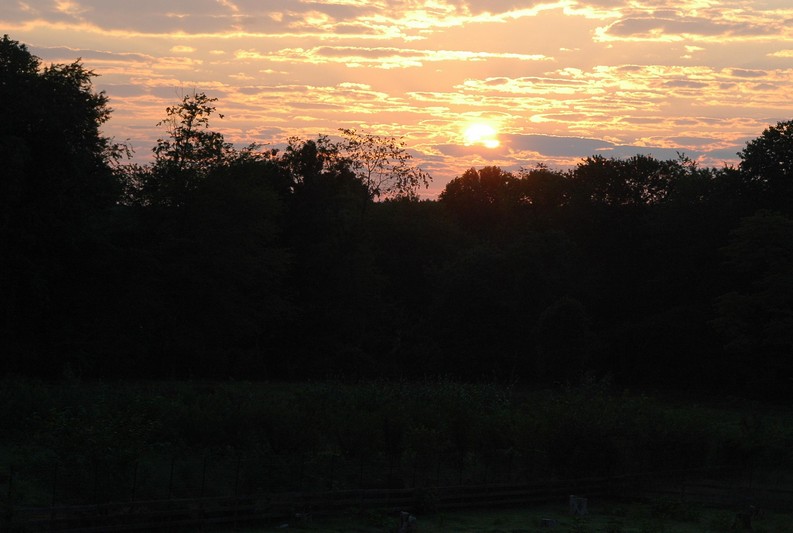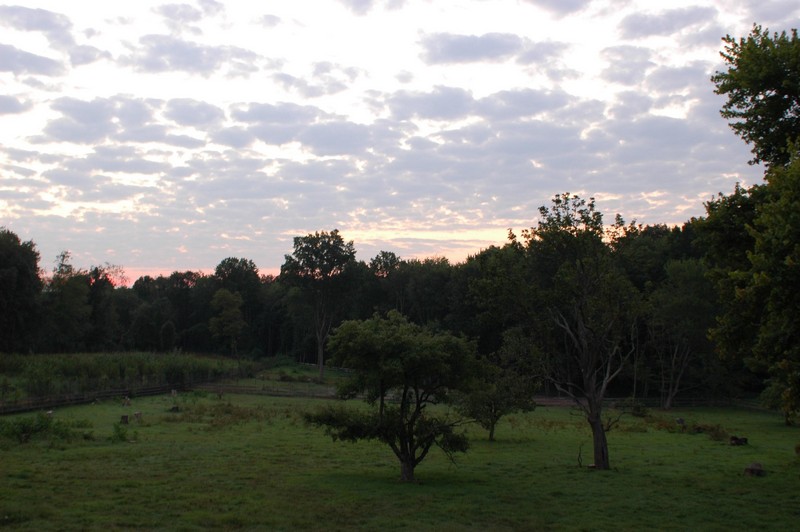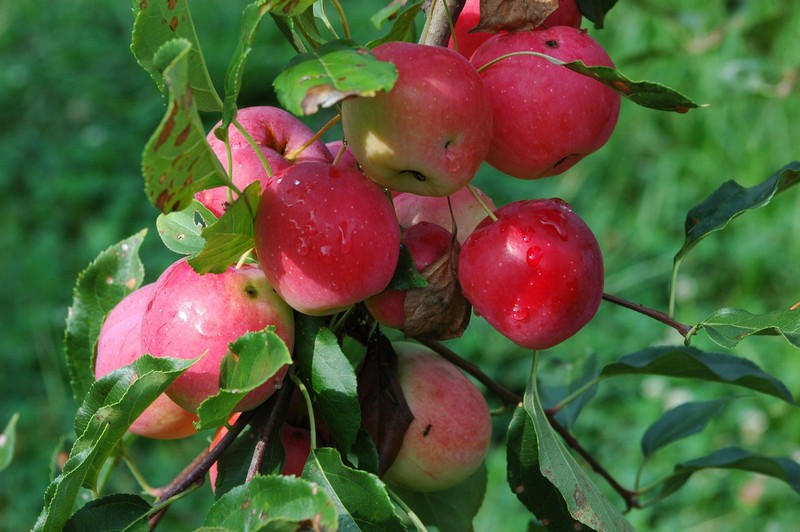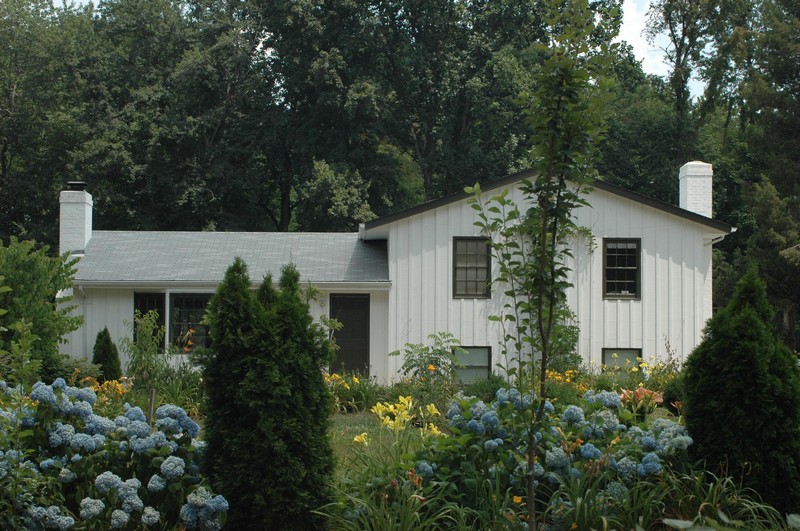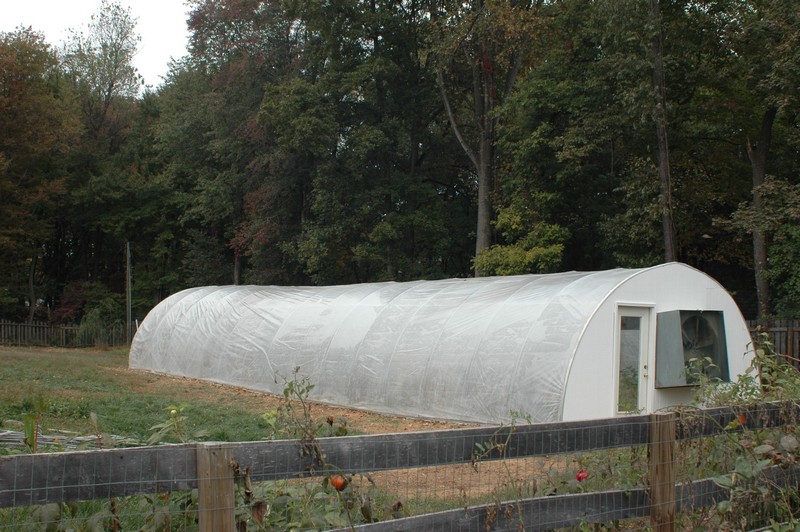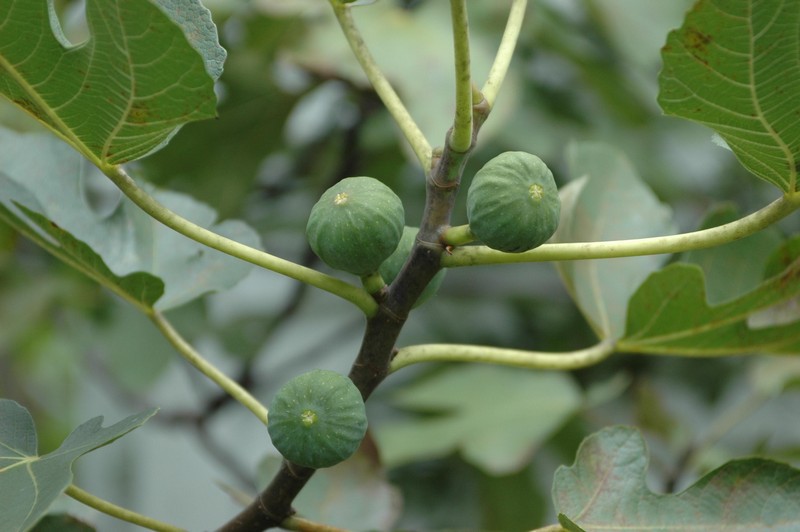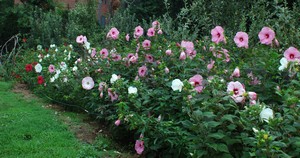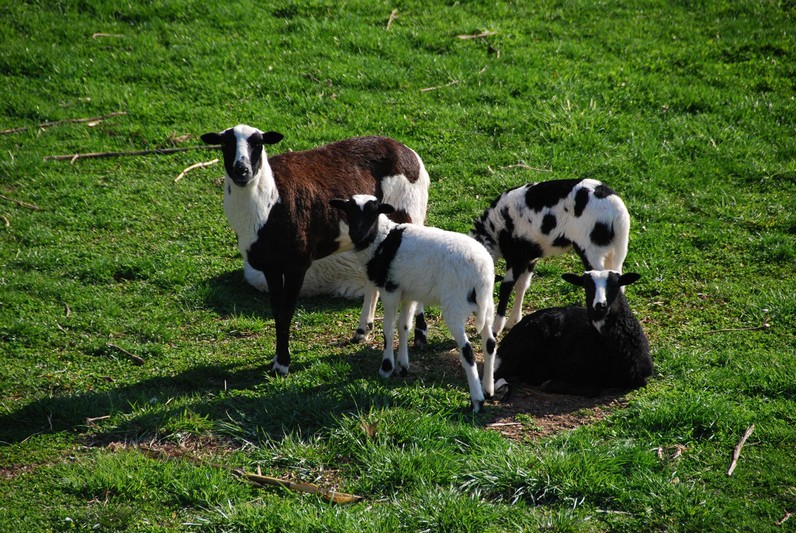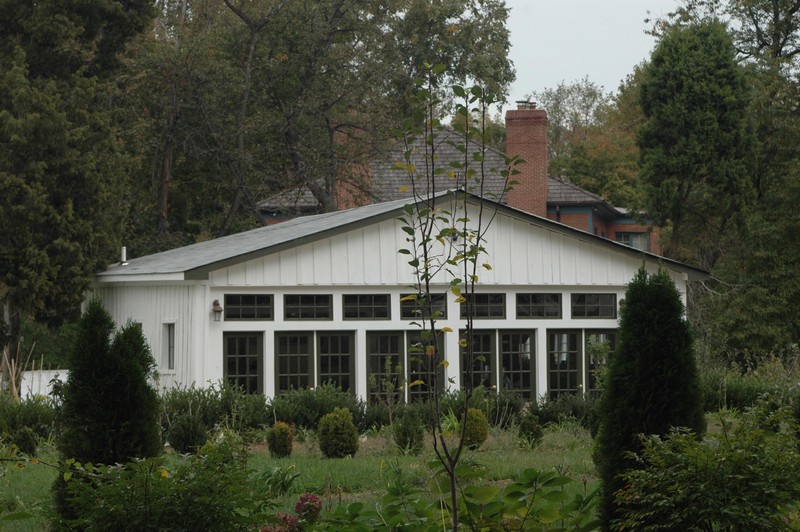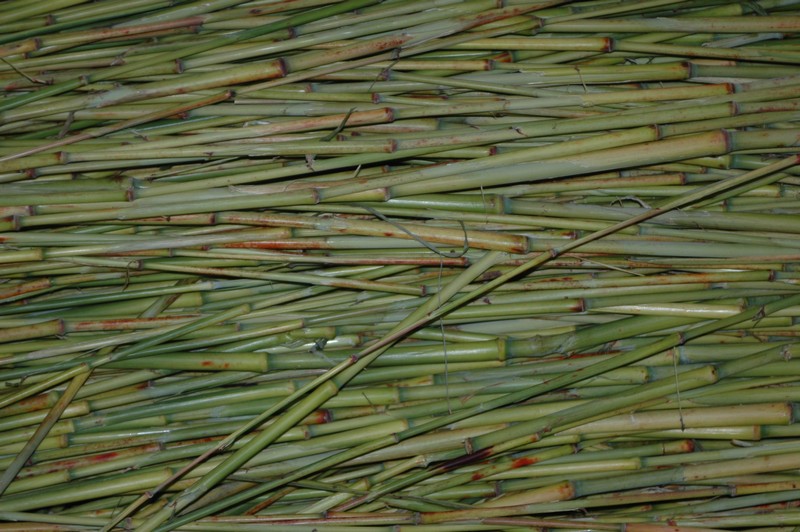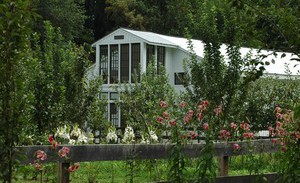Indian Spring Farm
Indian Spring Farm is located in Virginia, two miles from Great Falls National Park and 14 miles from Washington, DC. The heart of the farm is the ancient springs, first used by Native Americans, and then by the first colonial family to settle the region. The spring gushes mineral rich water which is used to water the vegetables and fruit trees, and is a source of water for the animals. The farm has three springs and three wells……it is water rich. All these sources of water produce a glorious water, rich in vitamins and minerals. Not all water is created equal and plants, animals, and people thrive when they drink this healing spring water.
The family that homesteaded the site did so because of the rich and constant supply of water. They first used this spring as their source of water, and later dug a well next to the log cabin they built. The chestnut log cabin was donated to Sully Plantation, but, their dug well remains, and continues to provide water for the farm.
Indian Spring Farm is what remains of this pioneering families farm. Most of the original family farm has been sold off, and, In fact, what is now the “farm,” was once just the families orchard. But, the 11 remnant is more than enough space for me to get into a more than enough trouble.

